ON
ADOLESCENTS WITH SPECIAL NEEDS

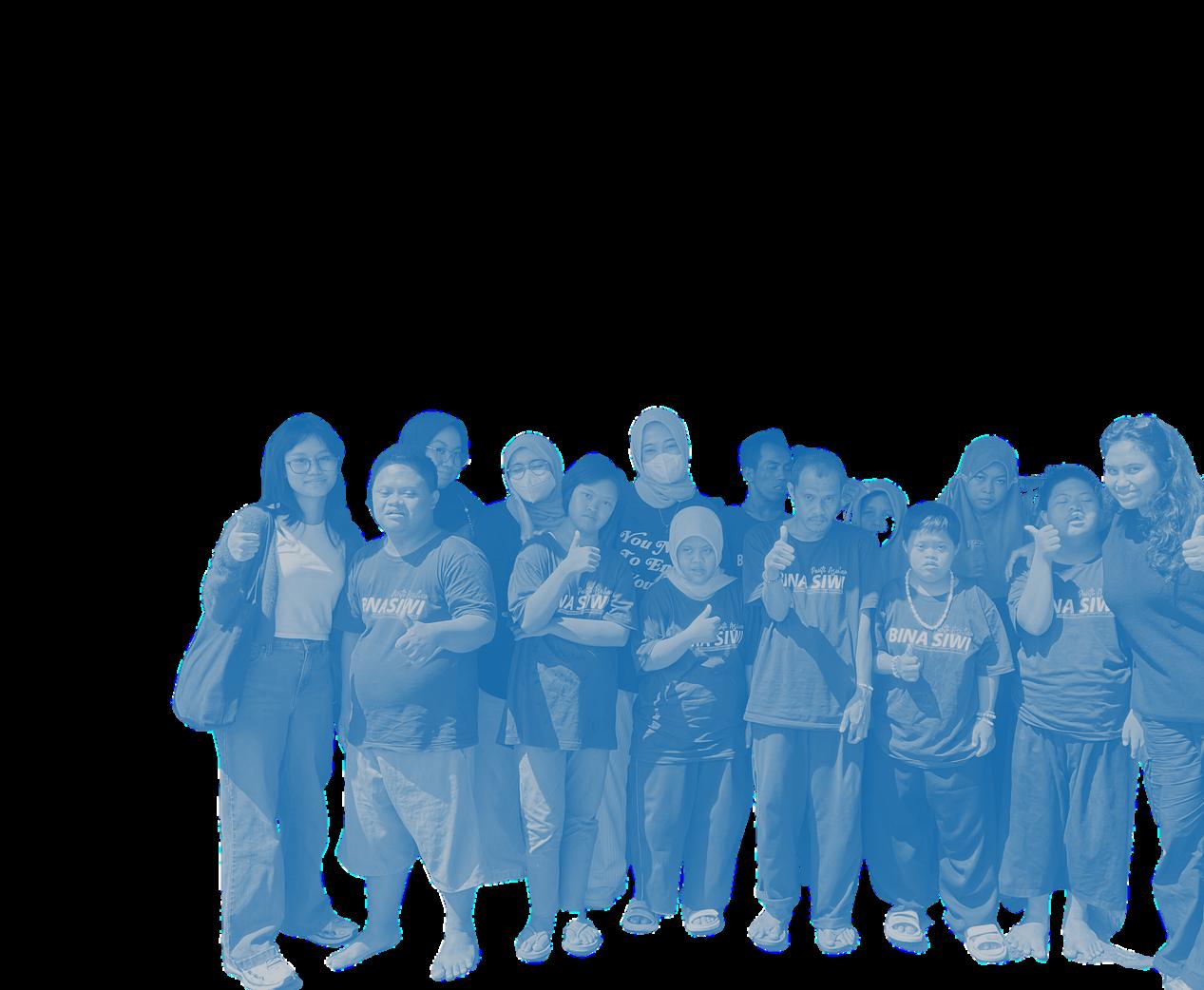
OUR TEAM





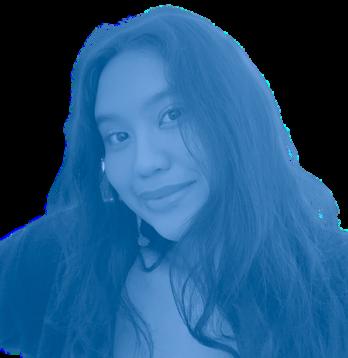



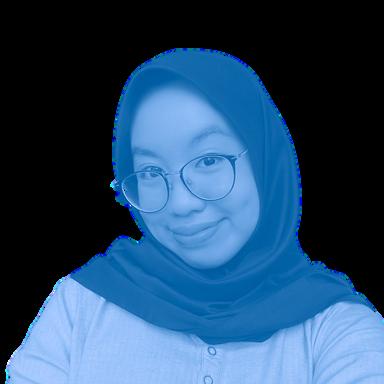 Arrasya Aninggadhira
Bahiirrahhusna R. K.
Azra Adianti Qonita
Khansa Sayla Azizah
Arrasya Aninggadhira
Bahiirrahhusna R. K.
Azra Adianti Qonita
Khansa Sayla Azizah
When choosing the most suitable location to carry out our observation and interview on children and adolescents with special needs, we conducted a thorough research on the potential destinations within the region of Yogyakarta. After coming across a list of orphanages in the area, we chose Panti Asuhan Bina Siwi which is a special orphanage with a focus on caring for people with varying disabilities whose families are unavailable or unable to provide adequate care for certain reasons.
GRO UN
BACK
After further research, we discovered that the people living in Panti Asuhan Bina Siwi once attended a Special Needs School managed by the same foundation under the name “Sekolah Luar Biasa Bina Siwi”; the orphanage operates with an educational base. Panti Asuhan Bina Siwi is also known for the many facilities they provide for the people with special needs who live in the orphanage. We were interested in learning more about Panti Asuhan Bina Siwi itself as well as the children or adolescents who live and grew up there

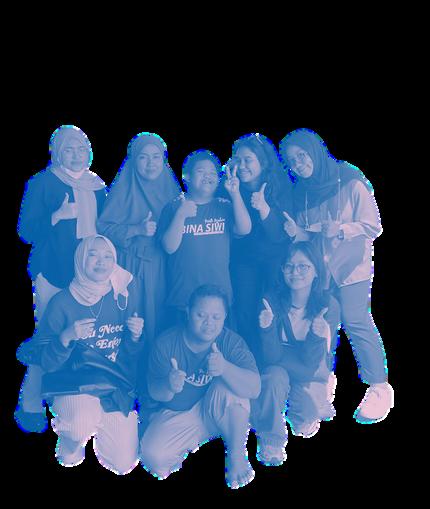

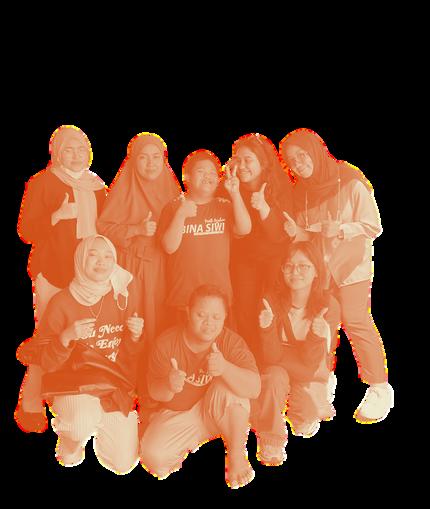
ABOUT PANTI ASUHAN BINA SIWI

Panti Asuhan Bina Siwi operates under Yayasan Mudir Harjo, founded by Bapak Sugiman and Ibu Jumilah in 1989 –the founders first built Sekolah Luar Biasa Bina Siwi. Then they decided to build Panti Asuhan Bina Siwi after considering the inconvenience of mobility between the school and the students' and owners’ houses.
ADDRESS: Komplek Balai Desa Sendangsari, Jl. Pajangan-Bantul, Jetis, Sendangsari, Kec Pajangan, Kabupaten Bantul, Daerah Istimewa Yogyakarta 55751.
RESIDENTS: 38 People (generally adults because they do not have the experts required to handle children with special needs).


WHY HERE?

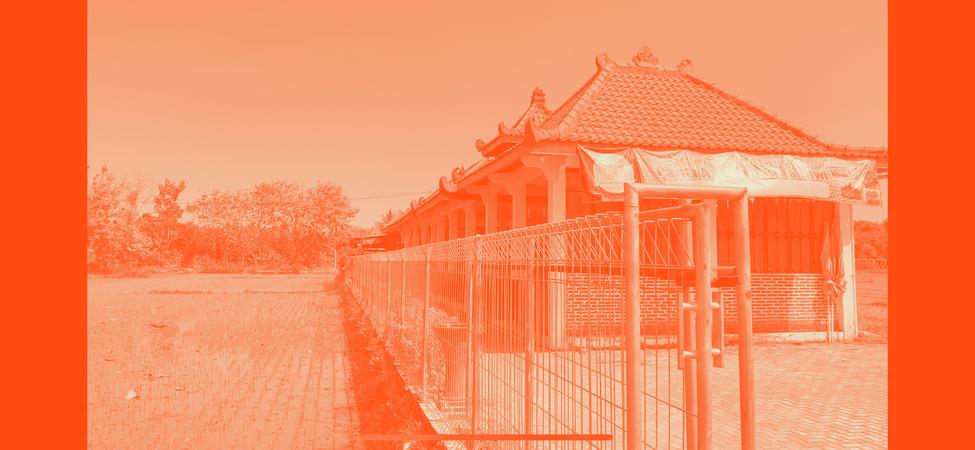
A special orphanage focused on caring for people with varying disabilities whose families are unavailable or unable to provide adequate care for certain reasons.
The people here once attended a Special Needs School managed by the same foundation under the name “Sekolah Luar Biasa Bina Siwi” (an orphanage that operates with an educational base).
Known in the area for the many facilities they provide.


LOCATION OBSERVATION
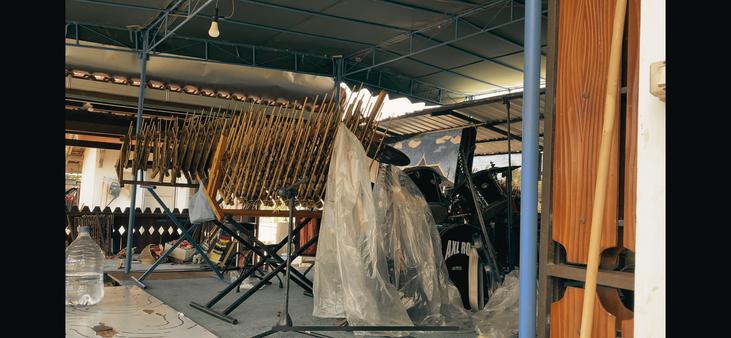
Provide a variety of musical instruments and a performance area for the residents to utilize when they wish to play music, dance, or put on a fashion show.


LOCATION OBSERVATION

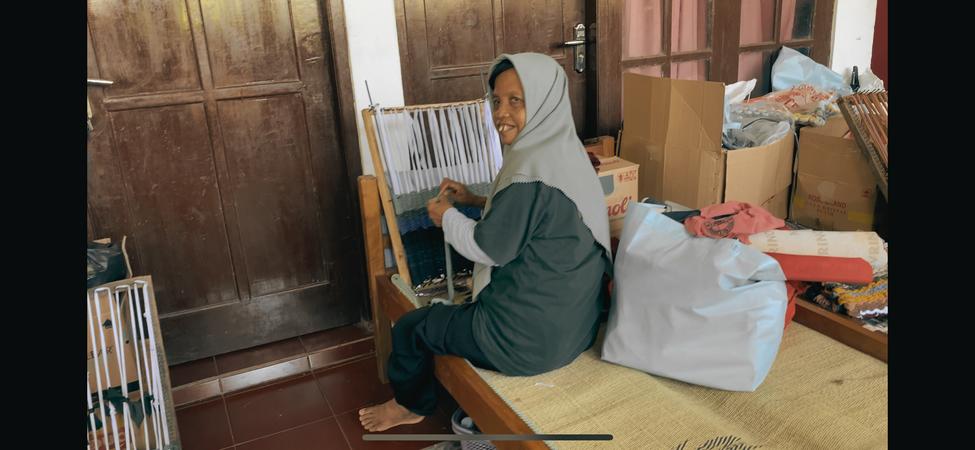

Hire tutors to teach the residents crafts and practical skills such as sewing (making clothes, pouches, hair ties, etc.), cooking, weaving (rugs, baskets, etc ) and household chores. The crafts that they make are also a form of income that they gain by selling them to visitors of the orphanage.
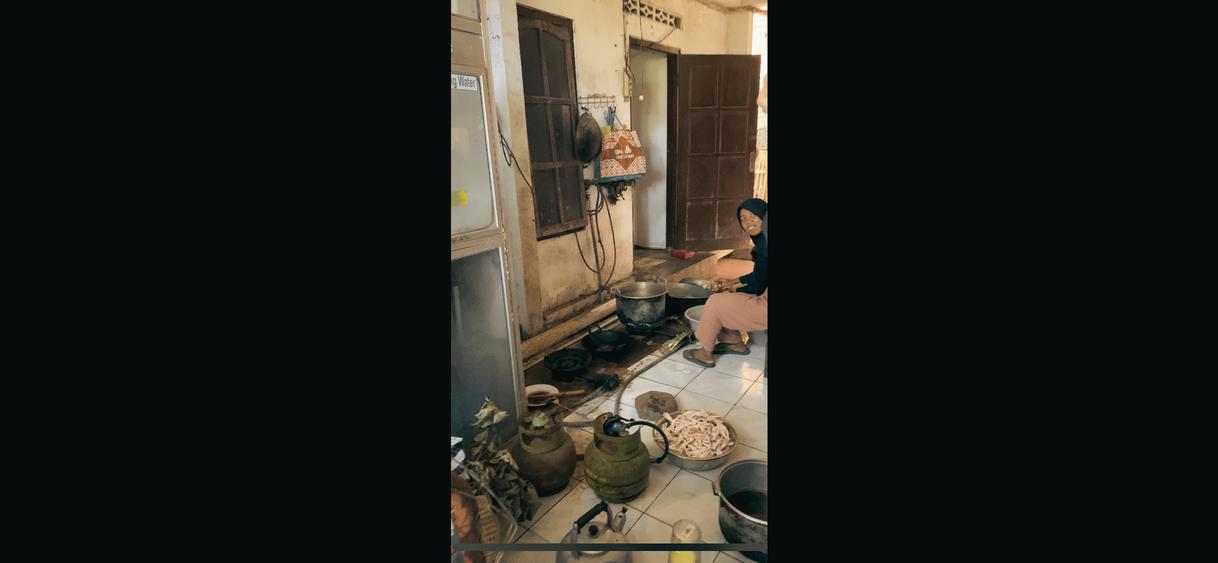
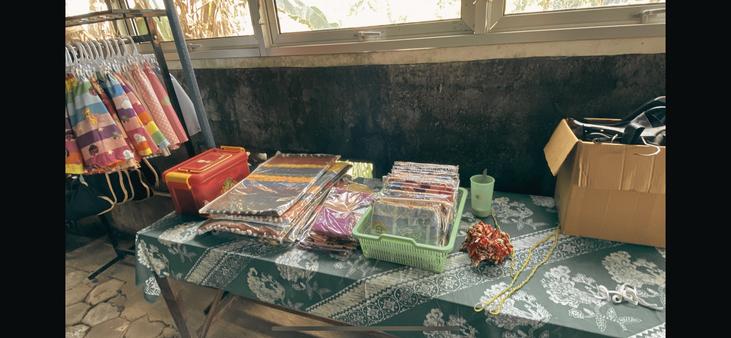
LOCATION OBSERVATION
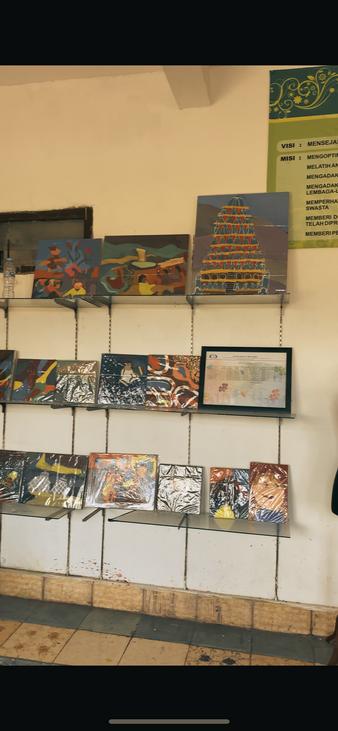
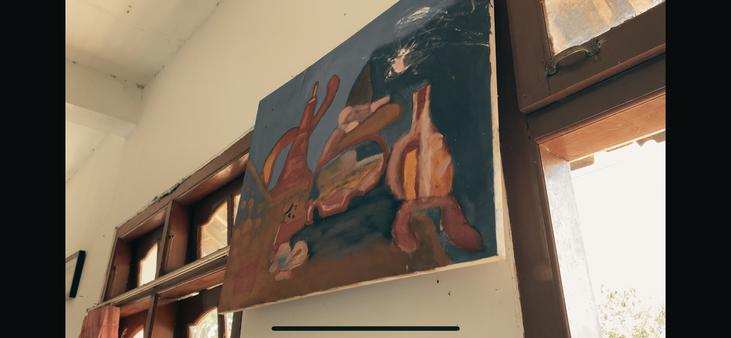

They also encourage the residents who enjoy art and reading by providing the supplies as well as various books.
SCAN ME!

FIDLER (2005)
This paper argues that by understanding the early onset of the behavioural phenotype in Down syndrome can guide interventions aimed at preventing the emergence of dissociated patterns and promoting optimal development across multiple domains. In this study, the author explains some characteristics of children and adolescents with down syndrome.

VERBAL ABILITIES
Children with Down syndrome frequently exhibit significant language delays, especially in expressive language. Although their receptive vocabulary may be adequate for their age, their comprehension of syntax needs to be improved. In addition, they need help with grammar development and speech articulation.
SOCIO-EMOTIONAL FUNCTIONING
Despite deficits in language and communication, elderly individuals with Down syndrome exhibit relative strengths in social functioning. They can establish meaningful peer relationships and demonstrate empathy. They may overuse their social abilities to make up for other deficits.

MOTOR SKILLS
Older people with Down syndrome frequently struggle with motor skills and planning. They need help with precise limb movements, dexterity of the fingers, and gross motor duties. In certain areas, however, such as running speed and visual-motor control, their performance can be comparable to that of typically developing individuals. Infants and adolescents with Down syndrome display extreme motor delays compared to typically developing infants, with delays in early motor milestones.
GENERAL BEHAVIOURAL ATTRIBUTES
In individuals with Down syndrome, there are notable disparities between areas of strength and frailty, which become more apparent in early childhood. For infants with Down syndrome, visual processing and receptive language are relatively strong, while gross motor skills and expressive language are relatively weak.
By age 2, the phenotypic pattern of strengths and deficits associated with Down syndrome becomes evident. These dissociations may be less pronounced in younger individuals but become more prominent as they age. Early intervention can reduce these dissociations and more effectively target areas of vulnerability.

Many individuals with Down syndrome can achieve some level of literacy competence given instruction and exposure to print (Martin, Klusek, Estigarribia, & Roberts, 2009). Hence, it is crucial to have a specialised approach to education for children with Down syndrome.
VISUAL-LEARNING STRATEGIES
Educational strategies should tilt towards using visual learning aids because of the relative strength in visual-spatia processing commonly exhibited in children with Down syndrome. Pictures, diagrams and other visual aids are useful in instruction (Lemon & Fuchs, 2014).
E V I E W
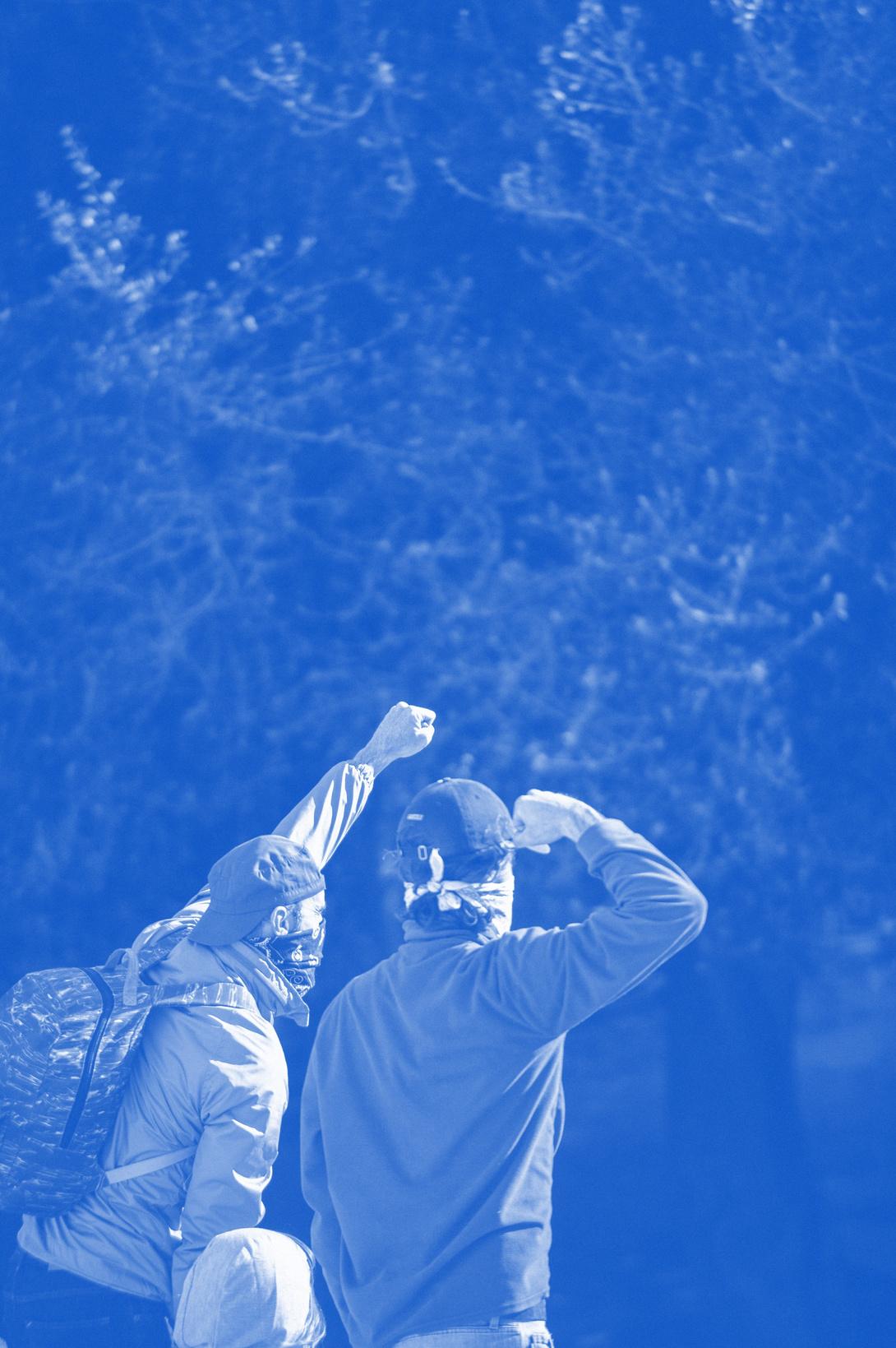
INCLUSIVE EDUCATION
Children with Down syndrome can benefit socially and academically from inclusion in general school settings with the right support in place. Kids benefit from more opportunities for peer interaction and classroom diversity when all kids are included (Dessemontet, Bless, & Morin, 2012).
SCAFFOLDING
When children with Down syndrome encounter unfamiliar tasks, scaffolding can provide additional support and motivation to boost their confidence. Using the scaffolding paradigm in multimedia courseware is especially advantageous because it allows for support and assistance via designed functions. This strategy also benefits pupils of various backgrounds, learning styles, and skill levels. Over time, the level of support decreases until the pupils attain independence and no longer require assistance (Yussof, R. L., & Paris, 2012).
E V I E W

PROCEDU

URE OF DAT TA COLLEC TION
OBSERVATION
INTERVIEW
We interviewed some of the residents. We asked them multiple questions for example "what do you usually do in your free time".
We observed the environment while also taking pictures and videos of the surroundings. We also took notes about the relevant interview answers and correlated that to our theme. We asked for consent before doing so.
SCAN ME!


INFORMED CONSENT





SUBJECT IDENTITY
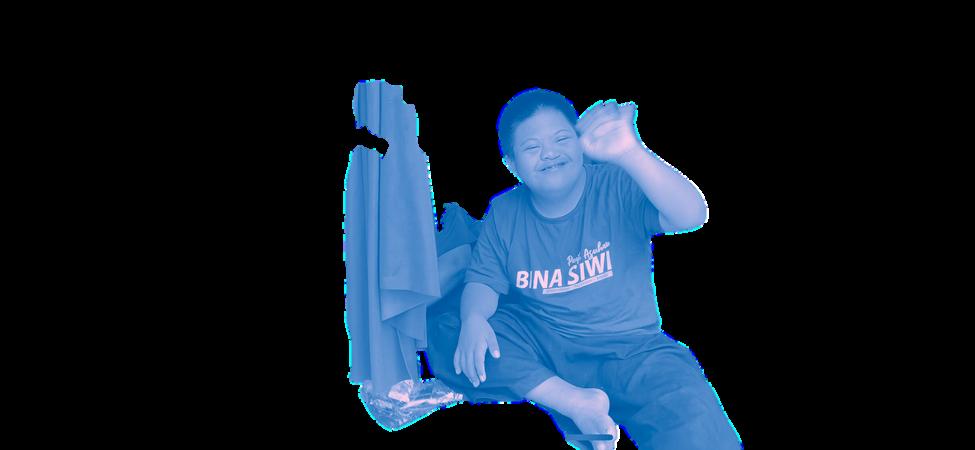

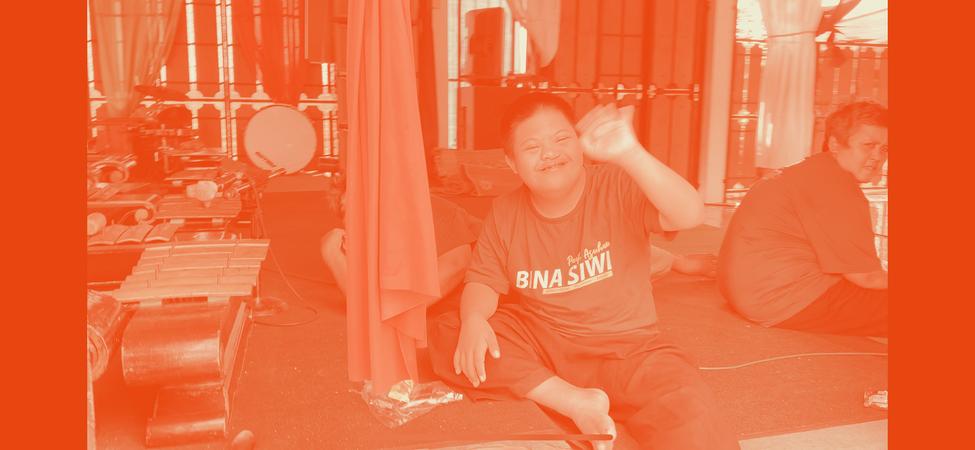
EDU CATION
ed/unknown, 5-19 years old own Syndrome
FZ only completed his education up until elementary school where he went to SLB Bina Siwi, previously also under the same management as Panti Asuhan Bina Siwi. Currently he is not receiving formal education other than the tutoring sessions from Panti Asuhan Bina Siwi In the Panti, his education focuses more on practical and life skills (cooking, cleaning, washing clothes, sewing, etc.) as well as hobbies and leisure activities (music, crafts, arts, etc.)

SUBJECT IDENTITY



ed/unknown, 5-19 years old own Syndrome
FAMILY CONDITIONS
As FZ was sent to the Panti by his family, we assume that his family seems to care about his well-being but cannot take care of him due to his condition.
FZ also previously underwent mouth reconstruction surgery but didn’t heal properly due to his family’s negligence. From this, we conclude that his family may be lacking in education and awareness about how to take care of children with special needs.

CHARACTER-
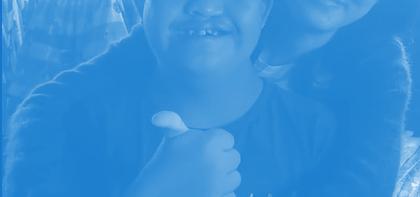
-ISTICS
FZ has difficulty in understanding his emotions thus stayed quiet when he feels sad or pain. However, when FZ is mad, he showed gestural prompts as the caregiver showed him that same gesture when he did something wrong.
FZ projected characteristics of attention deficit as throughout the interview he seems to be distracted and was not able to stay focused. FZ has difficulty keeping attention for long periods of time, leaving abruptly midconversation, and tends to be in their own world. Moreover, limitation in language comprehension and production is exhibited. FZ was not able to produce words and has a low understanding of the conversation and his surroundings The only form of communication he presented were forms of nonverbal communication such as handshakes and greetings.





CAREGIVER
W is one of the 9 caregivers in Panti Asuhan Bina Siwi There are a total of 38 residents in Panti Asuhan Bina Siwi and the caregivers divide their jobs according to the activities provided or the type of disability the residents have. W worked as a caregiver for 13 years, since 2010. She chose to be a caregiver because she has a passion for teaching. Thankfully, she has a supportive family that supports her in taking care of the residents in Panti Asuhan Bina Siwi.
While taking care of the residents, W learned that patience is key. The residents of Panti Asuhan Bina Siwi are sensitive and she felt like she is able to be one hundred percent patient with the residents, different from when she is with her own child. Being a caregiver in Panti Asuhan Bina Siwi gives her a lot of experience in teaching, nurturing, and guiding. She describes being a caregiver as a teacher with added patience. W is driven to raise awareness among other people and pointed out that they can not fully understand these people with disabilities when they do not have any interaction with one of them.
U A T I O N
E V A L


Panti Asuhan Bina Siwi focused on teaching the residents on community living and self-help skills. They are not focused on the education of each individual as they do not have enough resources to cater to each of them. However, they give systematic instructions for activities provided in the Panti Asuhan and give prompts to respond in an appropriate manner, such as gestural prompts to tell them when they did something wrong. These align with the suggested education consideration for people with Intellectual and Developmental Disabilities.
U A T I
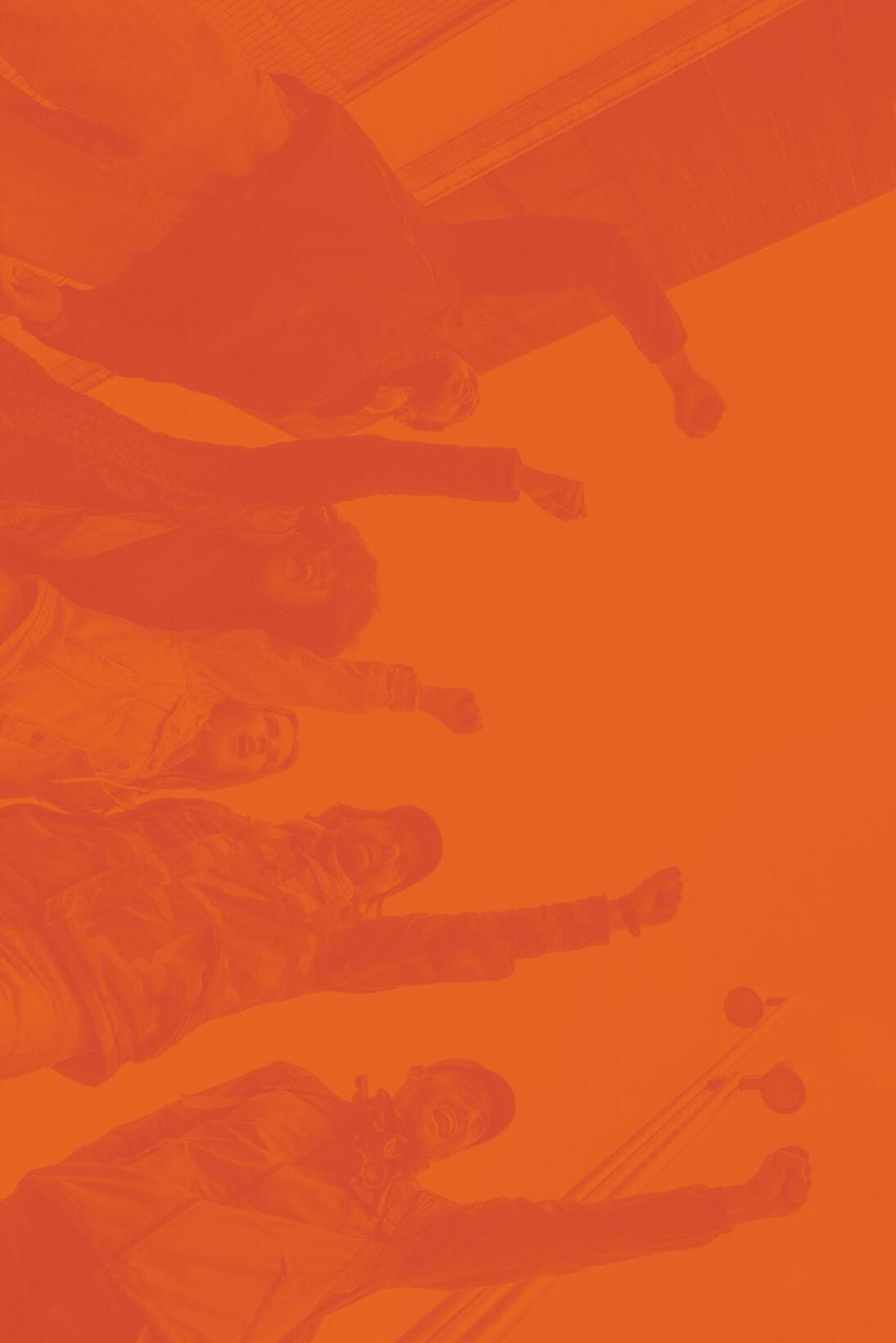

SUGGESTIONS
FOR PANTI ASUHAN BINA SIWI
The orphanage should focus more on its residents' academic development and hire professionals who understand the proper practices to support their learning.
Visual learning and scaffolding teaching methods should be applied when teaching the residents. The residents may benefit from more opportunities for diverse peer interaction so they may expand their relations, increase social skills, and not be isolated from the outside world.
FOR THE COMMUNITY
The community should make an effort to reach out to Panti Asuhan Bina Siwi first and have casual interactions with the residents so that they feel integrated with the general community. More educational programs should be delivered to the community in general in order to raise awareness and increase the understanding of the people.



Many individuals with disabilities require accommodations and support to overcome barriers. It is important to recognize that people with disabilities should have equal opportunities in society and should have access to education, employment, healthcare, and social activities like everyone else.
We can see that Panti Asuhan Bina Siwi is trying to aim for that They provided specialized staff and equipment to ensure the residents received the care they needed. Through our own observations with FZ and conversations with W, it is also apparent that they want to improve the living standards of their residents and allow them to lead healthy and meaningful lives.
However, the orphanage needs to focus on providing better education and socialization for their residents, with the help of professionals and effective teaching methods, so that their development can be much more equal.
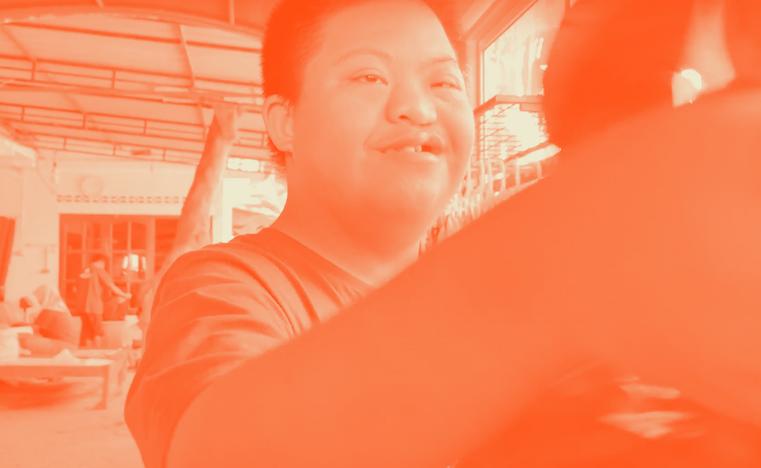
O N C L U S I O N

Yussof, R. L., & Paris, T. N. S. T. (2012). Reading Activities Using the Scaffolding in MEL-SindD for Down Syndrome Children. Procedia - Social and Behavioral Sciences, 35, 121–128.
https://doi.org/10.1016/j.sbspro.2012.02.070
Dessemontet, R. S., Bless, G., & Morin, D. (2011, November 2). Effects of inclusion on the academic achievement and adaptive behaviour of children with intellectual disabilities. Journal of Intellectual Disability Research, 56(6), 579–587.
https://doi.org/10.1111/j.1365-2788.2011.01497.x
Lemons, C. J., & Fuchs, D. (2010, March). Phonological awareness of children with Down syndrome: Its role in learning to read and the effectiveness of related interventions. Research in Developmental Disabilities, 31(2), 316–330.
https://doi org/10 1016/j ridd 2009 11 002
Martin, G. E., Klusek, J., Estigarribia, B., & Roberts, J. E. (2009, April). Language Characteristics of Individuals With Down Syndrome. Topics in Language Disorders, 29(2), 112–132.
https://doi org/10 1097/tld 0b013e3181a71fe1
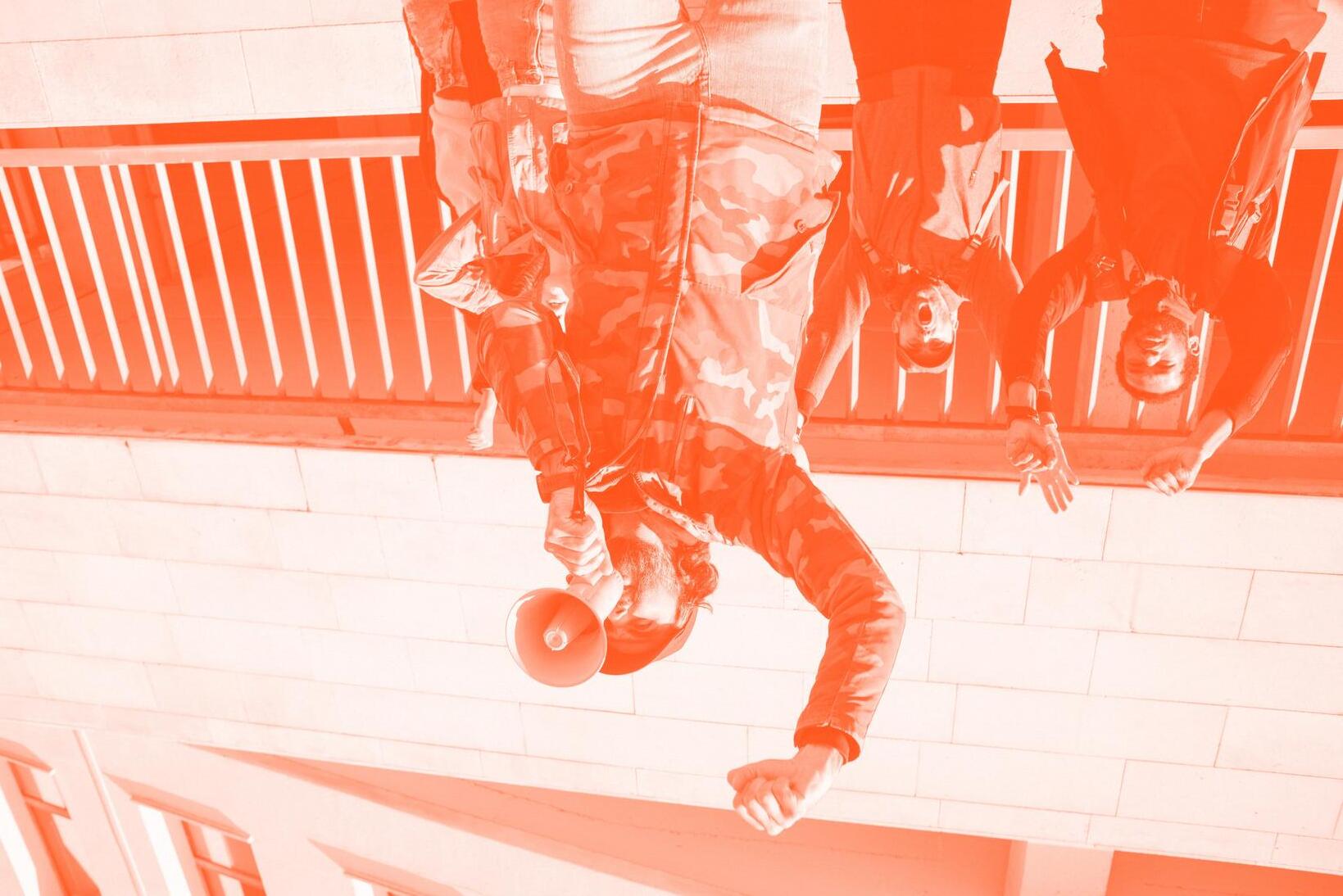

Fidler, D. J. (2005, April). The Emerging Down Syndrome Behavioral Phenotype in Early Childhood. Infants & Young Children, 18(2), 86–103.
https://doi.org/10.1097/00001163-200504000-00003

